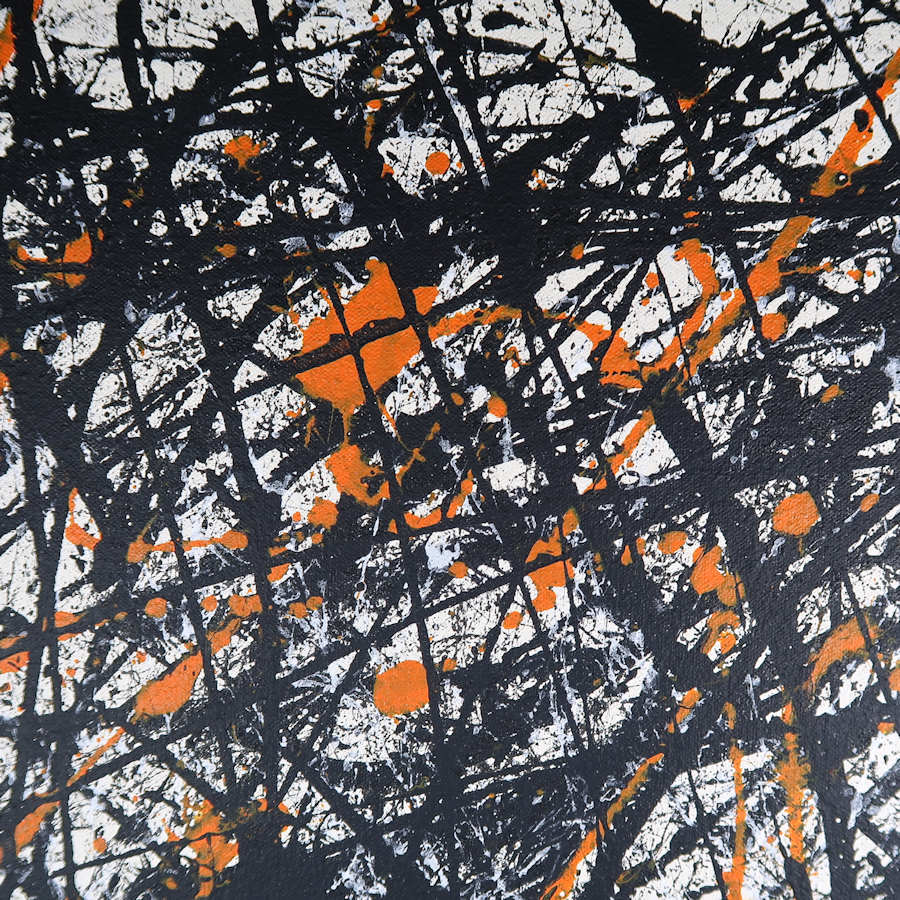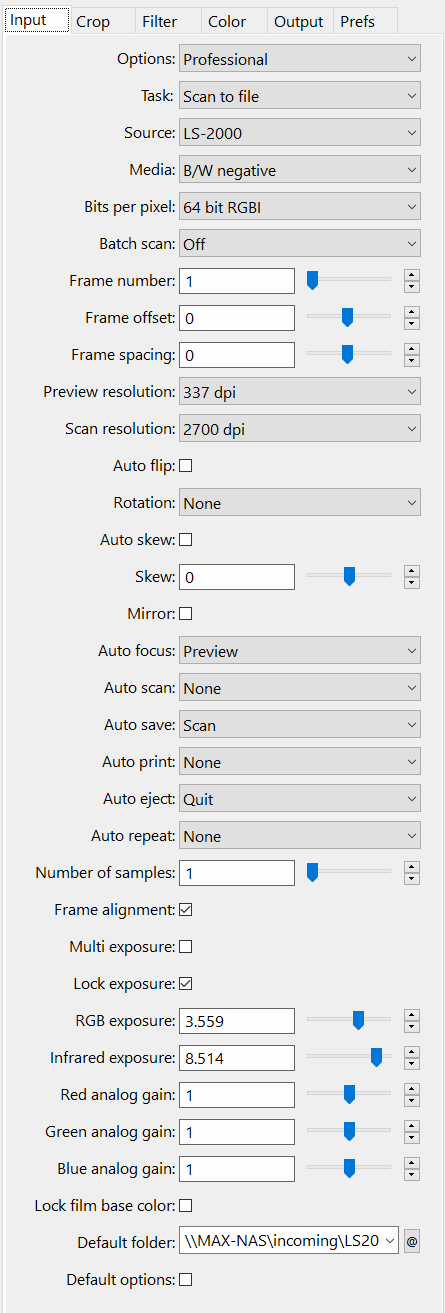

So, with this tutorial, in order to finish off my comprehensive guide to planning, photographing, and post-processing Milky Way photos, I want to take a close look at the potential effects of some of the editing tools that can used to process an image of the night sky, instead of showing only one specific way to process an image.

Because of this, viewers of an image can, in theory, compare the image to the real-life scene to know how far post-processing techniques moved an photo away from “reality.” However, since the Milky Way cannot be seen with the human eye like it can be with modern day digital cameras, the range of different nuanced looks that can be applied to a photo of the Milky Way without being restrained by what it *should* look like is endless.

While there is no correct way to process a photo, most landscapes scenes can be readily viewed with the human eye. By putting in days of practice, each photographer eventually develops a characteristic look that can be seen throughout many of their photos, whether that be high contrast, low contrast, highly saturated, monochrome, bright exposures, dark and moody exposures, or anywhere in between. Post-processing is an extremely subjective part of any photographer’s workflow.


 0 kommentar(er)
0 kommentar(er)
